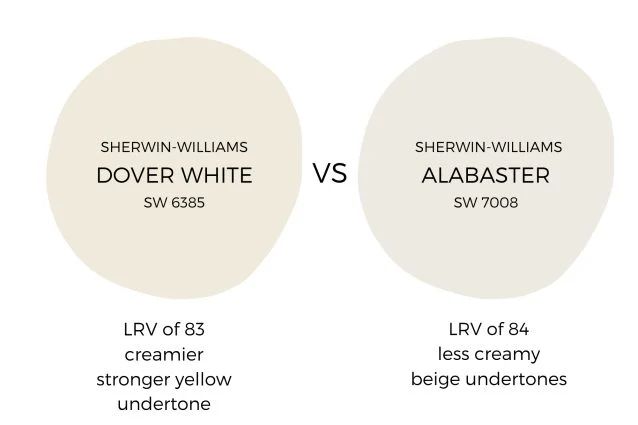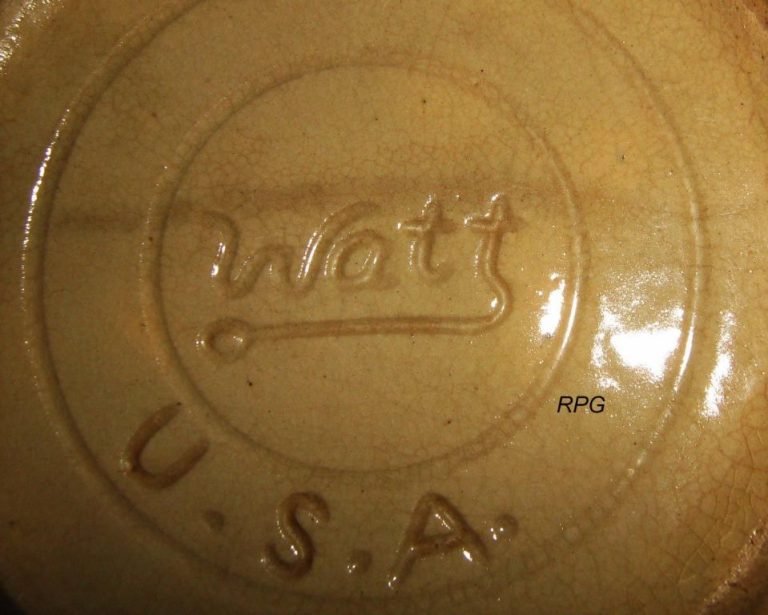How Do You Find The Clay In Dirt?
What is Clay?
Clay is a finely-grained natural material composed primarily of fine-grained minerals such as kaolinite, illite, and montmorillonite. It forms as a result of the weathering and erosion of rocks over long periods of time.
Chemically, clay is a hydrous aluminum phyllosilicate. This means its chemical structure includes silicon, aluminum, oxygen, and water. The water is contained in hydroxyl groups, which are bonded to the silicon and aluminum atoms.
Physically, clay has unique properties that distinguish it from other soils. It is plastic and moldable when wet, rigid when dry, and becomes hard and brittle when fired at high temperatures. Due to its fine particle size, clay has a high specific surface area and exhibits strong absorbency and adsorption capacities.
Where Clay Comes From
Clay is formed through the weathering and transportation of other minerals and rocks. The primary mineral that clay originates from is feldspar. Feldspar is an abundant mineral found in igneous and metamorphic rocks like granite, slate, and gneiss.
Over time, chemical weathering breaks down feldspar into finer particles. As rainwater and rivers transport these weathered minerals, the smaller clay-sized particles are washed away while the larger sand-sized particles are left behind. The moving water helps sort the particles by size and deposits the clay in lakes, rivers, deltas, floodplains, and ocean basins.
Over long periods of geological time, these clay deposits accumulate into thicker seams. The constant pressure compacted the clay into dense layers. This natural process produced the large clay deposits that are mined for pottery, bricks, cement and other uses today.
Identifying Clay Soil
There are a few simple tests you can do to identify clay soil in your yard or a field. These include the ribbon test, shine test, and grit test.
The ribbon test is done by taking a small amount of moist soil and rolling it between your fingers to make a cylinder shape. If you can roll it into a long ribbon of soil before it breaks apart, then it likely contains a high clay content. Clay has very fine particles that are sticky and pliable when wet.
With the shine test, you wet and knead some of the soil to make a smooth ball. After leaving it to dry completely, you rub the soil ball on a ceramic tile or glass plate. If it leaves a shiny streak, that indicates the presence of clay which has polished the surface.
For the grit test, moisten some soil and rub it between your fingers. Clay soil feels extremely smooth, almost slick. If you feel any grittiness or sand, then it has lower clay composition. Pure clay will not feel gritty at all.
Using these simple hands-on tests, you can gauge the clay concentration in soil samples from your yard or other locations. High clay content makes the soil more cohesive and plastic-like when wet. Knowing the clay levels will help determine optimal uses for the soil.
Clay Particle Size
Clay particles are extremely small, measuring less than 0.002mm in diameter. This makes clay the smallest of all soil particles. Sand particles, in comparison, range from 0.05mm to 2mm in size. Silt particles fall between sand and clay, measuring between 0.002mm to 0.05mm. The tiny size of clay particles is important because it gives clay unique properties compared to other soils.
The small size of clay particles accounts for clay’s density, plasticity when wet, hardness when dry, and ability to retain nutrients. Having particles less than 0.002mm allows more surface area for chemical reactions and ion exchange capacity. It also reduces permeability and drainage. Knowing the defining particle size of clay soil helps explain its characteristics and behaviors.
Clay Soil Characteristics
Clay soils have some very distinctive characteristics that set them apart from other soil types. Here are some of the main features of clay soils:
Sticky Texture
Clay particles are extremely small, which gives clay soil a smooth, sticky texture when wet. When you squeeze moist clay soil, it will form a firm ball that holds its shape. The sticky nature of wet clay makes it challenging to work with, as it sticks easily to tools and boots.
Poor Drainage
The tiny size of clay particles means there are only tiny spaces for air and water to pass through. This results in very poor drainage and waterlogging. Water moves through clay soil incredibly slowly. Puddles often form on the surface of clay soils after rain.
High Cation Exchange Capacity
Clay particles have a negative electrical charge which attracts and holds positively charged nutrient ions (cations). The greater the clay content, the higher the soil’s cation exchange capacity (CEC). Soils with higher CEC tend to be more fertile as they can store more plant-available nutrients.
Finding Clay Deposits
When searching for clay deposits, there are certain areas that are more likely to contain rich clay soils. Clay often accumulates in low-lying areas and near bodies of water. Here are some of the best places to look:
River Banks and Lakeshores – River banks, lakeshores, and other shorelines tend to accumulate clay sediments over time. This is because flowing water carries clay particles that eventually settle along the edges of rivers and lakes. Shorelines are excellent places to search for clay.
Floodplains – Floodplains are flat lands around rivers that are prone to seasonal flooding. The repeated flood events deposit fine clay particles across floodplain areas, slowly enriching the soil. Floodplains, especially those near rivers, have high clay content.
Wetlands – Marshes, swamps, and wetland areas collect runoff water from the surrounding lands. This runoff water contains clay sediments which build up in wetlands over time. The consistently moist soils of wetlands allow the clay to accumulate.
Low-Elevation Areas – Clay particles are heavier than other soil particles like sand and silt. This causes clay to be eroded downhill and collect in low-lying areas of the landscape. Places such as valley bottoms and the base of hills tend to accumulate clay deposits.
Coastal Regions – Coastal beaches, mudflats, and estuaries collect clay sediments washed in from rivers and eroded from shorelines. The tidal movement of coastal waters transports and deposits clay particles. Coastal wetlands in particular accumulate thick clay deposits.
Digging for Clay
If you want to find clay deposits on your property, one of the most straightforward methods is to simply dig for it. There are several techniques and tools you can use:
Use a shovel – A standard shovel allows you to dig test holes around your yard or land. Dig down in multiple spots, going deeper each time until you start hitting clay deposits. This manual method takes effort but is low cost.
Use an auger – An auger is a drilling device that can penetrate deep into the ground. Hand augers are affordable and let you sample soil at depths over 5 feet. They pull up soil samples as you drill, allowing you to inspect for clay.
Use a backhoe – For large areas of land, a backhoe allows you to dig deep trenches rapidly. This heavy equipment is more expensive but makes digging fast. Examine the trench walls for clay seams or layers.
No matter the method, sample at various depths. Clay is often found deeper underground, so you may need to dig down 3-6 feet or more find substantial clay deposits. Don’t just sample the topsoil. Digging deeper increases your chances of locating rich clay veins.
Field Testing for Clay
There are a few simple field tests you can conduct to identify the presence of clay in soil without bringing samples back to a lab. These tests focus on the key characteristics of clay particles and clay soil such as plasticity and stickiness.
Ribbon Test
The ribbon test is one of the simplest ways to identify clay soils. Take a small handful of moist soil and roll it out between your palms or fingers to form a ribbon shape. Clay soils will form a long ribbon, while sandy soils will quickly crumble. The longer the ribbon you can form before it breaks, the higher the clay content.
Ball Test
For the ball test, moisten a handful of soil just enough so it sticks together, and form it into a ball. Squeeze the ball in your palm and observe how well it retains its shape. Clay soils will hold together in a ball even when squeezed tightly, while soils low in clay will crumble or fall apart.
Shine Test
As the name suggests, the shine test involves rubbing moist soil on a surface to see if it shines. Use a moistened finger to smear some soil across your palm or a piece of glass. If the soil leaves behind a shiny film, there is likely a substantial clay component. Clay particles have aflat, plate-like shape that can reflect light when aligned and packed together densely.
Laboratory Testing
While visual examination and field testing can help identify clay soils, laboratory tests allow for quantitative measurement and verification of clay content and properties. Common lab tests for clay include:
Particle Size Analysis
This test determines the relative proportions of different grain sizes within a soil sample, such as sand, silt and clay. The most frequently used method is sieve analysis for the sand and coarse silt fractions, and sedimentation analysis for the finer silt and clay particles. The end result is a particle size distribution curve showing percentages of each size fraction.
Atterberg Limits
The Atterberg limits define the moisture content boundaries between different soil consistency states. The plastic limit, liquid limit, and plasticity index help classify fine-grained soils like clay. Testing involves mixing soil samples with varying water contents and rolling them into threads to assess plasticity.
X-ray Diffraction
XRD analysis can definitively identify and quantify the clay mineral species present in a sample, such as kaolinite, montmorillonite or illite. The technique bombards a dry powdered sample with X-rays and measures the diffraction pattern based on the crystal structure of the minerals.
Lab tests like these provide quantitative data to verify and characterize the clay fraction within a soil. They can confirm field and visual tests and provide detailed information for engineering and materials applications.
Using and Working with Clay
Clay is an incredibly useful and versatile material that has been utilized by humankind for thousands of years. Here are some of the most common uses of clay in the modern world:
Pottery
Clay is the primary material used to make pottery items like cups, plates, bowls, vases, and figurines. When clay is mixed with water it becomes soft and pliable so it can be shaped into desired forms. Once shaped, pottery pieces are fired in a hot kiln which hardens the clay through sintering. The types of clay used and the firing temperature affect the strength, porosity, color, and look of finished ceramic pieces.
Construction Materials
Clay is used to make bricks and tiles which are used extensively in construction. Bricks made of clay are formed and fired in kilns for durability. Clay tiles are used for flooring, walls, countertops, and roofing applications. Clay is also used to make cement and mortar mixes for binding bricks and stones.
Absorbents
Clay materials like bentonite, Fuller’s earth, and diatomaceous earth have excellent absorbent properties. They are able to soak up water and oil-based liquids very effectively. Absorbent clays are used for cat litter, oil clean-up, and skin care. The absorptive properties of clay are also utilized to clarify liquids like wine, beer, and cooking oil.



